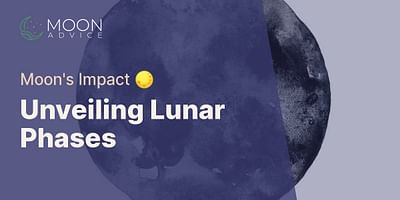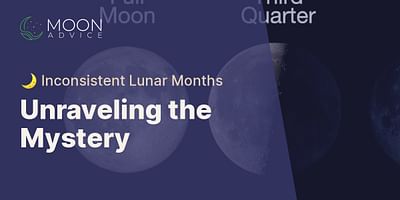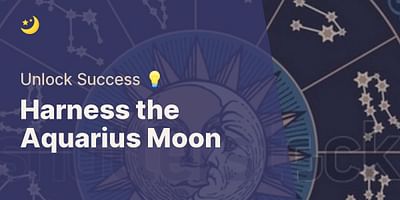Wendell Kozey is a distinguished psychologist who incorporates lunar wisdom into his counseling techniques. He holds the belief that understanding the influence of the moon can assist individuals in better managing their emotions and making more informed decisions. Wendell has written several books on this unique approach and is a frequent speaker at workshops and seminars.
Dear reader,
Thank you for reaching out to Moon Advice with your question about the phases of the moon and the role of Earth's shadow. I'm here to provide you with a comprehensive answer that will help you understand this fascinating phenomenon.
The phases of the moon are indeed caused by the interaction between the Earth, the moon, and the Sun. Earth's shadow, however, does not directly cause the phases of the moon. Allow me to explain further.
The moon does not emit its own light; instead, it reflects the Sun's light. As the moon orbits around the Earth, different portions of its surface are illuminated by the Sun, creating what we perceive as the phases of the moon.
Let's start with the New Moon phase. During this phase, the moon is positioned between the Earth and the Sun. The side of the moon facing the Earth is not illuminated, making it appear completely dark. The Sun's light is shining on the side of the moon that is facing away from us, creating a silhouette of the moon against the dark sky.
As the moon continues its orbit, we gradually begin to see a small sliver of light on the right side of the moon. This is known as the Waxing Crescent phase. The illuminated portion of the moon increases each day, leading to the First Quarter phase, where half of the moon is visible from Earth.
Next, we have the Waxing Gibbous phase, where more than half of the moon is illuminated. Eventually, we reach the Full Moon phase, where the entire face of the moon is visible from Earth. During this phase, the moon is opposite the Sun in the sky, and its fully illuminated side is facing us.
After the Full Moon, the moon enters the Waning Gibbous phase, gradually decreasing in illumination until it reaches the Third Quarter phase. Finally, we have the Waning Crescent phase, where only a small sliver of the moon is visible before it returns to the New Moon phase, and the cycle begins again.
So, while Earth's shadow does not directly cause the phases of the moon, it does play a role in lunar eclipses. During a lunar eclipse, the Earth comes between the Sun and the moon, casting its shadow on the moon's surface. This can temporarily darken or redden the moon, creating a stunning celestial event.
Understanding the phases of the moon can provide valuable insights into our emotions, relationships, and decision-making. By paying attention to the moon's influence on our lives, we can align ourselves with its energy and make the most of its wisdom.
I hope this explanation has shed light on the connection between Earth's shadow and the phases of the moon. If you have any more questions or would like further guidance, please don't hesitate to reach out. Wishing you a harmonious journey under the moon's guidance!
With lunar wisdom,
Orion Starfall















